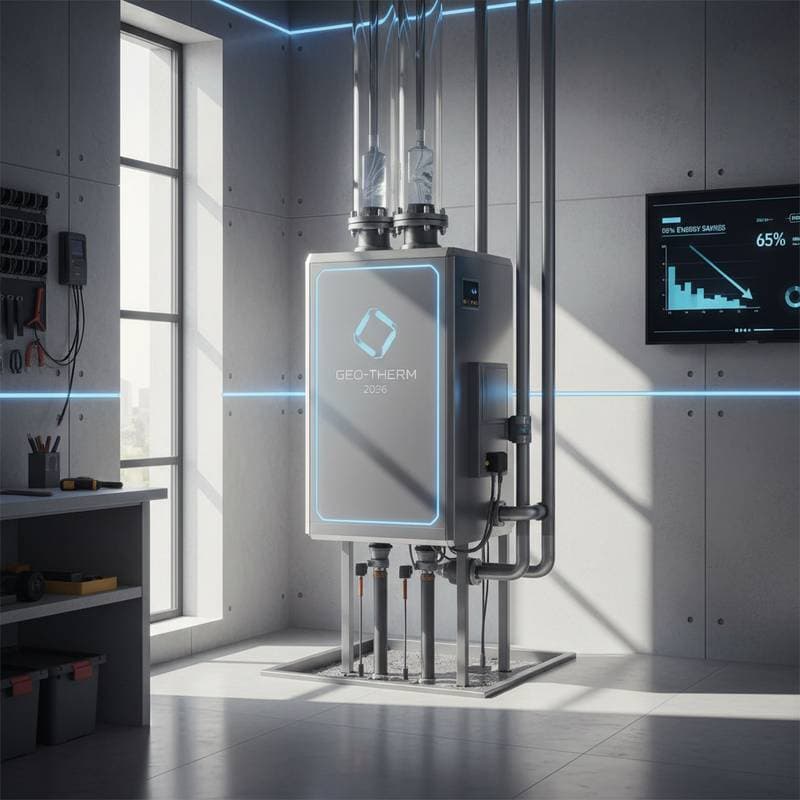Zero-Waste Kitchen Ideas for a Sustainable 2025 Remodel
When planning a kitchen remodel, many envision modern countertops, cutting-edge appliances, and updated cabinets. However, the most impactful change might not be what meets the eye. Transforming your kitchen into a zero-waste hub can minimize environmental impact, lower ongoing expenses, and streamline daily routines with thoughtful design choices.
Kitchens often generate the bulk of household waste through food scraps, excessive packaging, single-use plastics, and inefficient appliances. A remodel presents a unique chance to break this cycle by integrating systems and materials that create lasting, sustainable benefits for both your home and the planet.
Why Zero-Waste Matters in Kitchen Design
Food waste alone accounts for nearly 30 percent of household trash, while energy and water inefficiencies add to environmental strain. By adopting zero-waste principles during a remodel, you can address these issues head-on. Sustainable materials, efficient appliances, and smart storage not only reduce waste but also save money over time, often cutting utility bills by 15 to 30 percent and halving food waste costs.
Zero-waste design focuses on practical systems rather than unattainable perfection. Every choice, from countertop materials to waste bin placement, shapes how much you discard and how efficiently your kitchen operates.
Sustainable Materials for Lasting Impact
Begin with the foundational elements of your kitchen. Cabinets, flooring, and countertops typically rely on resource-heavy materials like stone or hardwood. Opting for eco-friendly alternatives offers durability and style without the environmental cost:
- Reclaimed wood: Perfect for cabinets or shelving, this material cuts demand for new lumber while adding unique character.
- Recycled composite surfaces: Countertops crafted from recycled glass or stone match the strength of granite with a lower footprint.
- Bamboo: As a fast-growing renewable resource, bamboo suits flooring or butcher blocks and brings a warm, natural look.
- Low-VOC finishes: Paints and sealants with low volatile organic compounds enhance indoor air quality for a healthier home.
Choosing timeless, neutral designs over fleeting trends ensures your kitchen remains functional and appealing for decades, reducing the need for future renovations.
Energy Efficiency Through Smart Appliances
Appliances play a significant role in kitchen energy consumption. Selecting energy-efficient models reduces resource use and slashes operating costs. Consider refrigerators with advanced insulation, dishwashers with eco-modes that use less water than hand washing, and induction cooktops that heat more efficiently than gas or traditional electric ranges. Though these options may carry a 5 to 15 percent higher initial cost, the savings on utility bills often recover the difference within a few years.
Tackling Food Waste with Practical Systems
Food waste remains a persistent challenge in most households. A remodel allows you to redesign your space for seamless waste management, turning a problem into an opportunity.
Integrated Composting Solutions
Composting systems can divert a significant portion of organic waste from landfills. Options range from built-in pull-out bins under counters for easy access during meal prep to countertop containers with ventilation to control odors. For smaller spaces, electric composters quickly break down scraps into usable soil. Research local programs for composting pickup or drop-off to simplify the process further.
Storage That Extends Food Life
Proper storage prevents spoilage, saving both food and money. Transparent containers help you track inventory at a glance, while pull-out pantry shelves ensure nothing gets buried in the back. Vacuum-sealed options slow produce decay, and organized freezer zones promote rotation, cutting down on forgotten items.
Water Conservation for a Greener Kitchen
With water scarcity becoming a pressing concern, kitchens must adapt. Upgrades during a remodel can significantly reduce usage without sacrificing convenience. Low-flow faucets with aerators maintain pressure while cutting water use by up to 30 percent. Modern dishwashers often require just three gallons per load compared to older models. Combining these with habits like running full loads maximizes efficiency.
Financial Benefits of a Zero-Waste Approach
While sustainable upgrades may seem costly at first, the long-term savings are compelling. Energy-efficient appliances can save between 150 and 300 dollars annually on utilities. Water-saving fixtures might reduce bills by up to 100 dollars each year. Additionally, families often discard around 1,500 dollars worth of food annually, a figure that smarter storage and composting can drastically lower. Durable materials also mean fewer replacements, stretching your investment further.
Navigating Challenges in Zero-Waste Remodeling
Practical hurdles like limited space or tight budgets can complicate zero-waste goals. For compact kitchens, prioritize vertical storage and multi-use tools. If funds are constrained, focus on high-impact changes like efficient appliances before aesthetic extras. Even in areas with limited recycling access, emphasizing reusables and durable materials can make a difference. Progress, not perfection, drives meaningful change.
Bringing Your Zero-Waste Vision to Life
Tailor your remodel to address your household’s specific waste challenges. If spoiled food is a frequent issue, invest in advanced storage and composting setups. For high utility costs, prioritize energy and water-saving technologies. If packaging clutter is the problem, design spaces for bulk storage and reusable alternatives. A zero-waste kitchen is not just a renovated space, but a smarter way of living that benefits your family and the environment for years to come.







